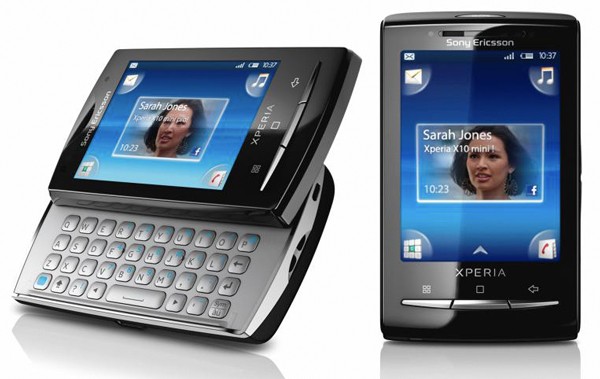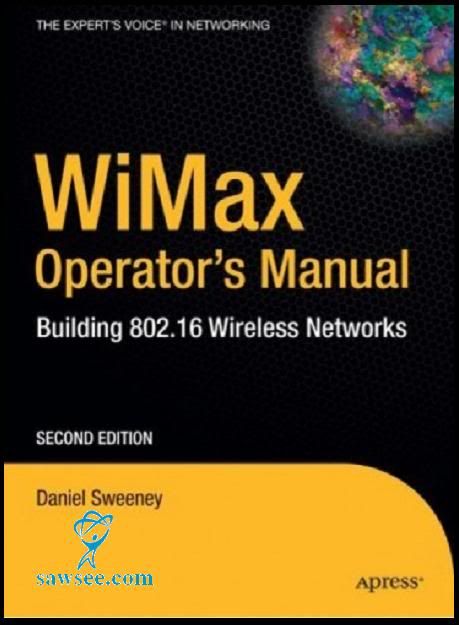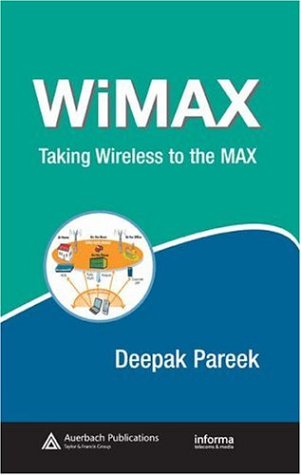3G refers to the third generation of mobile telephony (that is, cellular) technology. The third
generation, as the name suggests, follows two earlier generations.
The first generation (1G) began in the early 80's with commercial deployment of Advanced Mobile
Phone Service (AMPS) cellular networks. Early AMPS networks used Frequency Division
Multiplexing Access (FDMA)
to carry analog voice over channels in the 800 MHz
frequency band.
The second generation (2G) emerged in the 90's when mobile operators deployed two competing
digital voice standards. In North America, some operators adopted IS-95, which used Code Division
Multiple Access (CDMA) to
multiplex up to 64 calls per channel in the 800 MHz band. Across the world, many operators adopted
the Global System for Mobile communication (GSM)
standard, which used Time Division Multiple Access (TDMA) to
multiplex up to 8 calls per channel in the 900 and 1800 MHz bands.
The International Telecommunications Union (ITU)
defined the third generation (3G) of mobile telephony standards – IMT-2000 – to facilitate growth,
increase bandwidth, and support more diverse applications. For example, GSM could deliver not only
voice, but also circuit-switched data at speeds up to 14.4 Kbps. But to support mobile multimedia
applications, 3G had to deliver packet-switched data with better spectral efficiency, at far
greater speeds.
However, to get from 2G to 3G, mobile operators had make "evolutionary" upgrades to existing
networks while simultaneously planning their "revolutionary" new mobile broadband networks. This
lead to the establishment of two distinct 3G families: 3GPP and 3GPP2.
The 3rd Generation Partnership Project (3GPP) was formed in 1998 to foster deployment of 3G
networks that descended from GSM. 3GPP technologies evolved as follows.
• General Packet Radio Service (GPRS)
offered speeds up to 114 Kbps.
• Enhanced Data Rates for Global Evolution (EDGE)
reached up to 384 Kbps.
• UMTS Wideband CDMA (WCDMA) offered downlink speeds up to 1.92 Mbps.
• High Speed Downlink Packet Access (HSDPA)
boosted the downlink to 14Mbps.
• LTE Evolved UMTS Terrestrial Radio Access (E-UTRA) is aiming for 100 Mbps.
GPRS deployments began in 2000, followed by EDGE in 2003. While these technologies are defined
by IMT-2000, they are sometimes called "2.5G" because they did not offer multi-megabit data rates.
EDGE has now been superceded by HSDPA (and its uplink partner HSUPA). According to the 3GPP, there
were 166 HSDPA networks in 75 countries at the end of 2007. The next step for GSM operators: LTE
E-UTRA, based on specifications completed in late 2008.
A second organization the 3rd Generation Partnership Project 2 (3GPP2) -- was formed to help
North American and Asian operators using CDMA2000 transition to 3G. 3GPP2 technologies evolved as
follows.
• One Times Radio Transmission Technology (1xRTT) offered speeds up to 144 Kbps.
• Evolution – Data Optimized (EV-DO)
increased downlink speeds up to 2.4 Mbps.
• EV-DO Rev. A boosted downlink peak speed to 3.1 Mbps and reduced latency.
• EV-DO Rev. B can use 2 to 15 channels, with each downlink peaking at 4.9 Mbps.
• Ultra Mobile Broadband (UMB) was slated to reach 288 Mbps on the downlink.
1xRTT became available in 2002, followed by commercial EV-DO Rev. 0 in 2004. Here again, 1xRTT
is referred to as "2.5G" because it served as a transitional step to EV-DO. EV-DO standards were
extended twice – Revision A services emerged in 2006 and are now being succeeded by products that
use Revision B to increase data rates by transmitting over multiple channels. The 3GPP2's
next-generation technology, UMB, may not catch on, as many CDMA operators are now planning to
evolve to LTE instead.
In fact, LTE and UMB are often called 4G (fourth generation) technologies because they increase
downlink speeds an order of magnitude. This label is a bit premature because what constitutes "4G"
has not yet been standardized. The ITU is currently considering candidate technologies for
inclusion in the 4G IMT-Advanced standard, including LTE, UMB, and
WiMAX II.
Goals for 4G include data rates of least 100 Mbps, use of OFDMA transmission, and packet-switched
delivery of IP-based voice, data, and streaming multimedia.































